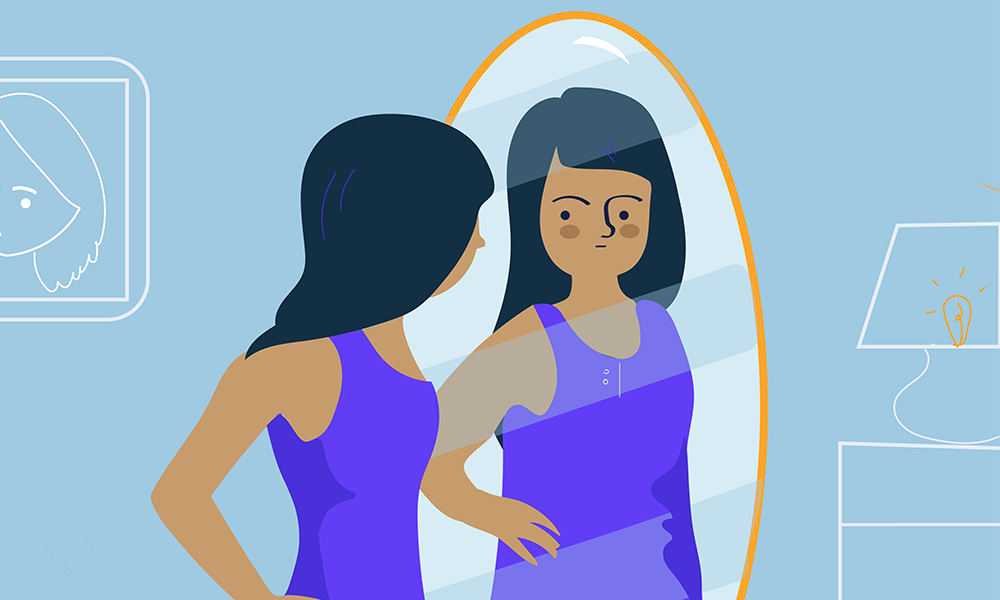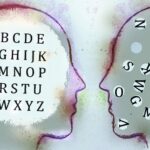A research team at the University of California, Los Angeles (UCLA) released their new findings demonstrating how eating disorders may be more than just behavioral symptoms.
According to their new study, released in Brain Imaging and Behavior, the UCLA team found brain abnormalities in patients with anorexia nervosa (AN) and body dysmorphic disorder (BDD).
The results were established by examining 64 female participants. 20 diagnosed with anorexia, 24 with body dysmorphic disorder, and an additional 21 that served as a healthy control group.
Anorexia, by definition, is characterized by irrational patterns of food restriction, excessive preoccupation with body weight, low self-esteem, and purging after consumption. BDD can be defined by excessive preoccupation with one’s perceived flaws in appearance.
In the study, the participants received a series of photos showcasing male and female bodies, while their brain activity was monitored using magnetic resonance imaging (MRI).
Among the participants with anorexia and BDD, the images showing bodies distinct from the healthy control group led to patterns of activity and connectivity in visual and parietal brain networks.
The UCLA team uncovered that the more severe the symptoms of the eating disorder, the more evident the pattern of brain activity and connectivity was during their evaluation of the photos.
“We compared AN and BDD in brain activation and connectivity in relevant networks when viewing images of others’ bodies and tested their relationships with clinical symptoms and subjective appearance evaluations,” the co-authors wrote in their findings.
“AN and BDD showed partially overlapping patterns of hyperconnectivity in the dorsal visual network and hypoconnectivity in parietal network compared with controls. BDD, but not AN, demonstrated hypoactivity in dorsal visual and parietal networks compared to controls,” they also wrote.
“Further, there were significant activity and connectivity differences between AN and BDD in both networks. In both groups, activity and/or connectivity were associated with symptom severity and appearance ratings of others’ bodies. Thus, AN and BDD demonstrate both distinct and partially-overlapping aberrant neural phenotypes involved in body processing and visually encoding global features,’ the findings showed.
The new findings bring to light the neurological basis of such eating disorders. Future research should delve into existing treatment interventions to identify if brain activity normalizes with its use.


